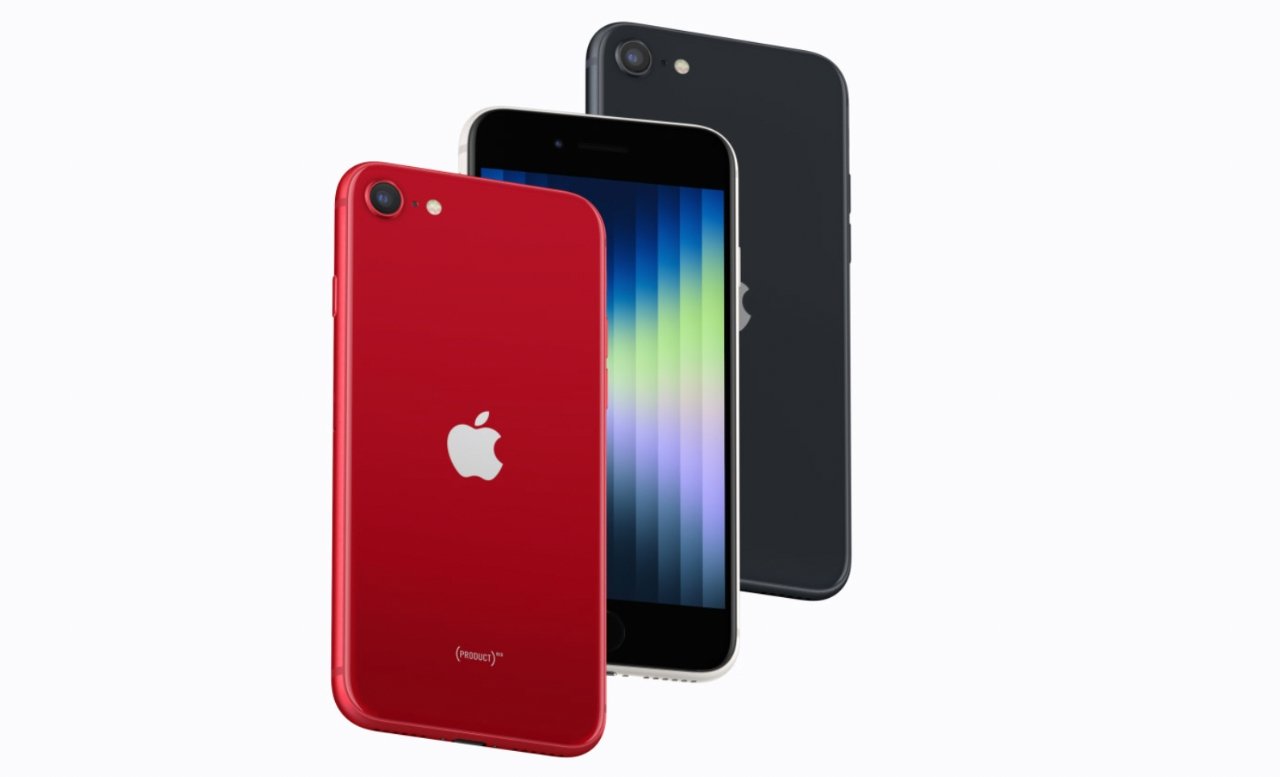New iPhone SE delivers iPhone 13 performance for $270 less
Geekbench test scores for the new iPhone SE show that its performance is in line with that of the 2021 iPhone 13 family.

It's not surprising that the new iPhone SE's performance is on a par with that of the iPhone 13 range, as it sports the same A15 Bionic processor. However, it does mean that the performance is now available in a $429 iPhone, instead of the $699 of the base iPhone 13.
According to the early scores on Geekbench, the iPhone SE has a single-core performance of 1695. Listed under Apple's internal name of "iPhone14,6," it has a multi-core performance of 4021.
For comparison, one Geekbench result for the base iPhone 13 puts its single core score at 1729, with the multi-core one at 4532.
Similarly, scores for the iPhone 13 mini in one testing, show 1739 single-core, and 4711 multi-core. An iPhone 13 Pro test earned 1743 single core, and 4888 multi-core.
And an iPhone 13 Pro Max returned results of 1728 single-core, plus 4715 multi-core.
Geekbench is specifically a processor benchmarking system, so in this case, it solely focuses on the performance of the A15 Bionic. There are other factors affecting the overall speed of a phone, though.
For one, the new iPhone SE has 5G but it is not the same fast, mmWave version in the iPhone 13 range - at least in the US.
Then, too, the iPhone 13 Pro and iPhone 13 Pro Max have displays with 120Hz ProMotion, which makes the phones feel considerably more responsive.
Read on AppleInsider

It's not surprising that the new iPhone SE's performance is on a par with that of the iPhone 13 range, as it sports the same A15 Bionic processor. However, it does mean that the performance is now available in a $429 iPhone, instead of the $699 of the base iPhone 13.
According to the early scores on Geekbench, the iPhone SE has a single-core performance of 1695. Listed under Apple's internal name of "iPhone14,6," it has a multi-core performance of 4021.
For comparison, one Geekbench result for the base iPhone 13 puts its single core score at 1729, with the multi-core one at 4532.
Similarly, scores for the iPhone 13 mini in one testing, show 1739 single-core, and 4711 multi-core. An iPhone 13 Pro test earned 1743 single core, and 4888 multi-core.
And an iPhone 13 Pro Max returned results of 1728 single-core, plus 4715 multi-core.
Geekbench is specifically a processor benchmarking system, so in this case, it solely focuses on the performance of the A15 Bionic. There are other factors affecting the overall speed of a phone, though.
For one, the new iPhone SE has 5G but it is not the same fast, mmWave version in the iPhone 13 range - at least in the US.
Then, too, the iPhone 13 Pro and iPhone 13 Pro Max have displays with 120Hz ProMotion, which makes the phones feel considerably more responsive.
Read on AppleInsider

Comments
Due to this approach adopted by Apple, it is also somewhat easy to predict what the next iPhone SE will look like when it comes up 2 years later. My guess would be an iPhone 11, with SoC swapped to the latest one.
Excellent believable argument. But, Apple having 100s of design and support engineers; taking current SE iPhone, integrate touchid to power button, increase end to end screen size, and make necessary modifications and offer lower end, lower cost iPhone SE that can be middle to lower end Android phone switcher. Anyway, I will stick to my iPhone 8 until I have under screen touchid or touchid integrated into power button iPhone.
If you ask iPhone users if iPhone SE frame size is ok and answer most probably may be,yes. bur if you ask about the screen size is big enough and you will get answers with truth, No.Some smart iPhone users may suggest what I suggested.
Your argument is basically: build a more expensive iPhone and sell it for the SE's price because I'm going to ignore all the reasons this is priced the way it is already. Do you not see the problem here?
You realize that you may never get that, right?
And they'd be barking up the same wrong tree as you are. This is precisely why they always sell previous years' models at the intermediate price points.